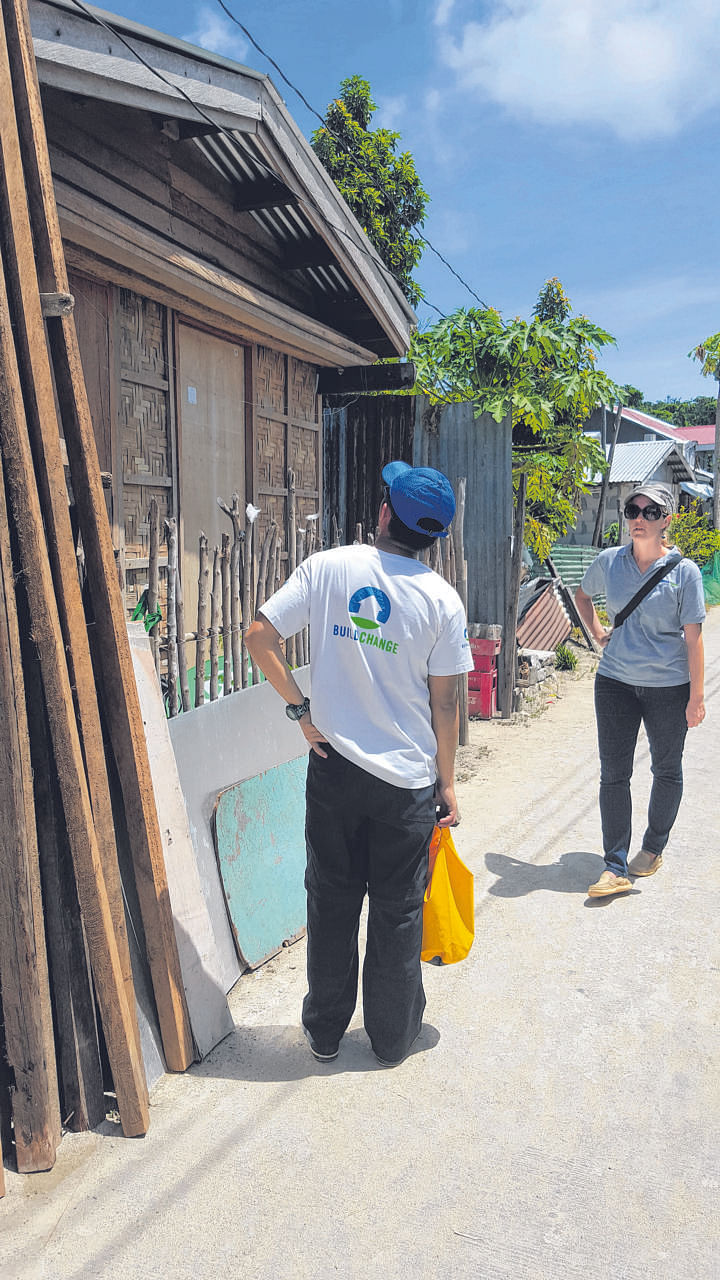MANILA • When one of the strongest typhoons in world history made landfall in this country in 2013, thousands of families were left homeless due to the widespread destruction.
Among those was the family of Mr Eusi Raloso.
Finding refuge in a shelter during the storm, the family did not have any fighting chance as Yolanda ravaged their community, leaving them with nothing but rubble.
No one would have imagined that in just a little over a year, when another typhoon struck their town, the Ralosos would transform from being hopeless survivors to heroes.
With a newly-built disaster-resilient home, the family decided to open their doors to 17 families and convert their house into an informal evacuation centre. There were no casualties from their community in the aftermath of that second typhoon.
The Ralosos were among those who benefited from the support provided by Build Change, a non-profit social enterprise that seeks to save lives by providing technical assistance to builders of disaster-resilient homes.

Founded in 2004, Build Change operates mostly in countries that have suffered heavy losses from earthquakes and other disasters.
The organisation started operating in the Philippines in 2013 following the twin disasters caused by a magnitude 7.2 earthquake and Super Typhoon Yolanda.
Build Change partnered with the local government to train engineers and personnel from non-governmental organisations on how to assess the damage caused by the earthquake.
Ms Kate Landry, director of programmes and partnerships, said they worked on developing materials that educate communities on how to build better houses.
In the aftermath of Yolanda, Build Change worked with various organisations to help survivors build disaster-resilient homes.
Build Change also partnered with a local university and the Technical Education and Skills Development Authority to develop a programme that will enable local builders to learn about disaster-resilience construction practices.
Ms Landry stresses that Build Change does not build the disaster-resilient houses of the beneficiaries. Instead, they work with existing organisations to help them improve their practices.
From post-disaster set-up, Ms Landry said Build Change is now in transition for a pre-disaster programme that will be based in Manila. "The challenge is how to get people to build better from the start."
